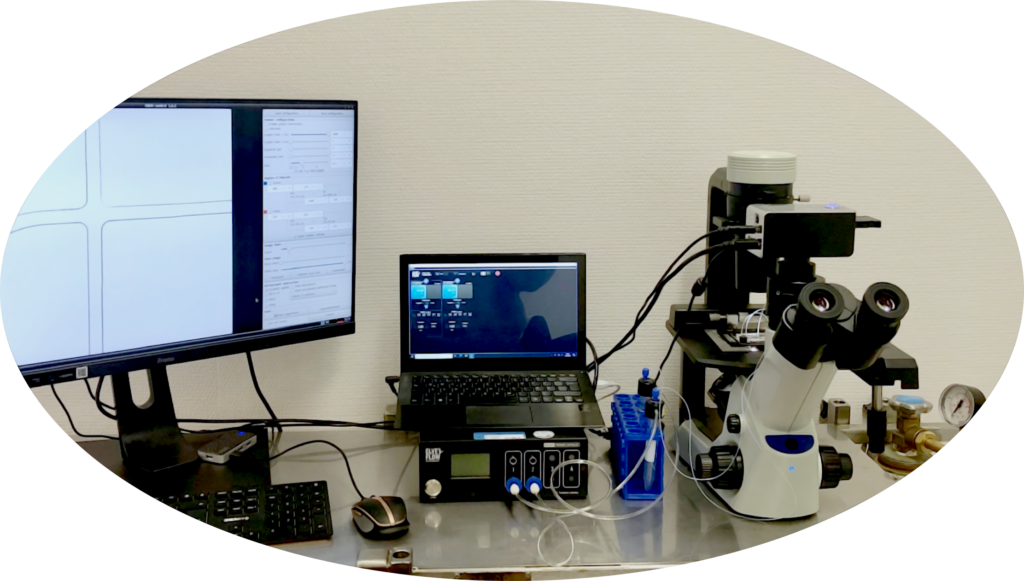Investigation of endovascular air embolism as a cause of micro brain infarcts using a new model system
Scientists at Heidelberg University Hospital around Tabea Schaefer under the direction of PD Dr. Dominik Vollherbst and Prof. Dr. Martin Bendszus have developed a new model for generating and detecting highly calibrated microbubbles for arterial injection using microcatheters. Using Sensific technology, they have succeeded in generating and automatically measuring highly defined air bubbles in microfluidic systems. In an in vivo experiment, they were able to show that depending on the injection site, microinfarcts were generated in different brain regions of a rat by the air bubbles. Magnetic resonance imaging shows damage to the brain. Unfortunately, the dangers from injected air bubbles during an endovascular intervention are real and potentially life-threatening” says Tabea Schaefer. At the same time, she has high expectations for the new model: “In future studies, we expect new insights into the development and, above all, the prevention of side effects caused by air bubbles during endovascular interventions.”
Click here to read the full article

